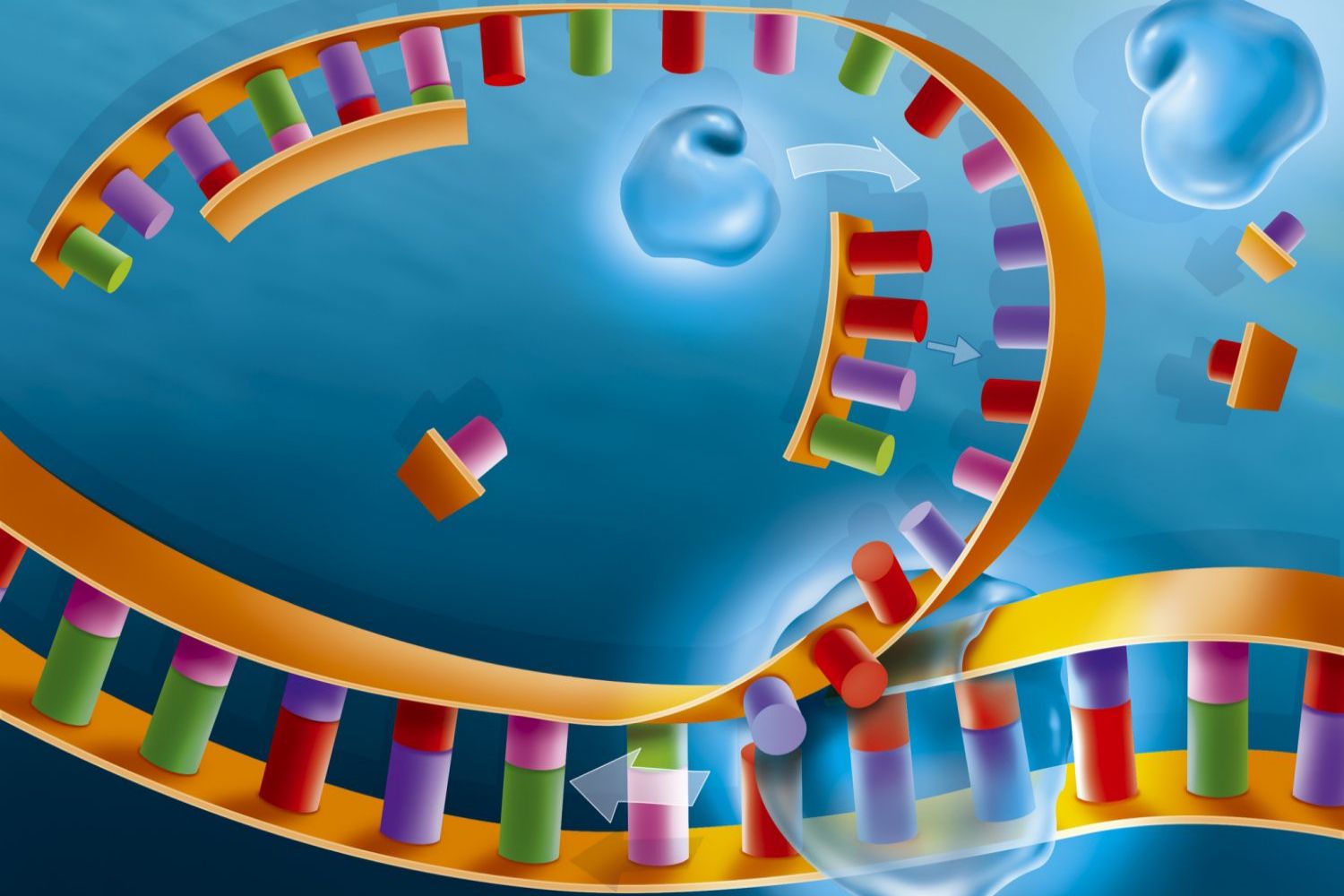
DNA primase plays a crucial role in DNA replication. Without it, cells couldn't copy their genetic material. But what exactly does this enzyme do? DNA primase synthesizes short RNA primers, which are essential for DNA polymerase to start adding nucleotides. Think of it as the starter for a car engine. Without that initial spark, the engine won't run. This enzyme ensures that DNA replication begins smoothly and accurately. Understanding DNA primase helps us grasp how cells divide and how genetic information is passed on. Ready to dive into 18 intriguing facts about this tiny but mighty enzyme? Let's get started!
What is DNA Primase?
DNA primase is an enzyme crucial for DNA replication. It synthesizes short RNA primers needed to start the DNA synthesis process. Without it, cells couldn't replicate their DNA, making it essential for life.
-
DNA primase is a type of RNA polymerase. It synthesizes RNA primers, which are short sequences of RNA nucleotides.
-
The enzyme works by adding RNA nucleotides one by one to a single-stranded DNA template.
-
DNA primase is essential for both prokaryotic and eukaryotic cells. It plays a critical role in the replication of DNA in all living organisms.
How Does DNA Primase Function?
Understanding the function of DNA primase helps us appreciate its importance in the DNA replication process.
-
DNA primase initiates the synthesis of a new DNA strand by creating a short RNA primer. This primer provides a starting point for DNA polymerase to begin DNA synthesis.
-
The RNA primer is usually about 10-12 nucleotides long. This short length is sufficient to provide a starting point for DNA polymerase.
-
DNA primase works in conjunction with other enzymes. It collaborates with helicase, which unwinds the DNA double helix, and DNA polymerase, which extends the DNA strand.
Importance of DNA Primase in DNA Replication
DNA replication is a complex process, and DNA primase plays a pivotal role in ensuring it proceeds smoothly.
-
Without DNA primase, DNA polymerase cannot start synthesizing a new DNA strand. DNA polymerase can only add nucleotides to an existing strand, not start a new one.
-
DNA primase ensures that the replication process is accurate. By providing a starting point for DNA polymerase, it helps maintain the fidelity of DNA replication.
-
The enzyme is also involved in the repair of damaged DNA. It helps create primers needed for the repair process.
DNA Primase in Prokaryotes vs. Eukaryotes
Though DNA primase functions similarly in prokaryotes and eukaryotes, there are some differences worth noting.
-
In prokaryotes, DNA primase is part of a larger complex called the primosome. This complex includes helicase and other proteins involved in DNA replication.
-
In eukaryotes, DNA primase is part of a complex called DNA polymerase alpha-primase. This complex includes both primase and DNA polymerase activities.
-
The structure of DNA primase differs slightly between prokaryotes and eukaryotes. These structural differences reflect the different requirements of DNA replication in these organisms.
DNA Primase and Genetic Diseases
Mutations in the genes encoding DNA primase can lead to genetic diseases, highlighting the enzyme's importance.
-
Mutations in the PRIM1 gene, which encodes the primase subunit, can lead to severe developmental disorders. These disorders often involve defects in DNA replication and repair.
-
Some cancers are associated with mutations in DNA primase genes. These mutations can lead to uncontrolled cell growth due to faulty DNA replication.
-
Researchers are exploring DNA primase as a potential target for cancer therapies. Inhibiting DNA primase could prevent cancer cells from replicating their DNA, thereby stopping their growth.
Interesting Facts About DNA Primase
Here are some intriguing tidbits about DNA primase that highlight its fascinating nature.
-
DNA primase is highly conserved across different species. This conservation underscores its essential role in DNA replication.
-
The enzyme can synthesize RNA primers de novo, meaning it doesn't need a pre-existing primer to start synthesis. This ability sets it apart from many other enzymes involved in DNA replication.
-
DNA primase has a unique structure that allows it to interact with both DNA and RNA. This dual interaction is crucial for its function in synthesizing RNA primers.
The Final Word on DNA Primase
DNA primase plays a crucial role in DNA replication. This enzyme lays down the RNA primer, which is essential for DNA polymerase to start its work. Without it, cells couldn't replicate their DNA, making cell division impossible. Understanding DNA primase helps scientists develop treatments for genetic disorders and improve biotechnology applications.
This enzyme's importance can't be overstated. It ensures the accuracy and efficiency of DNA replication, a process vital for life. Researchers continue to study DNA primase to unlock new medical and scientific advancements.
In summary, DNA primase is a key player in the complex dance of DNA replication. Its role may seem small, but its impact is enormous. By appreciating the function of DNA primase, we gain a deeper understanding of the intricate mechanisms that sustain life.
Was this page helpful?
Our commitment to delivering trustworthy and engaging content is at the heart of what we do. Each fact on our site is contributed by real users like you, bringing a wealth of diverse insights and information. To ensure the highest standards of accuracy and reliability, our dedicated editors meticulously review each submission. This process guarantees that the facts we share are not only fascinating but also credible. Trust in our commitment to quality and authenticity as you explore and learn with us.


